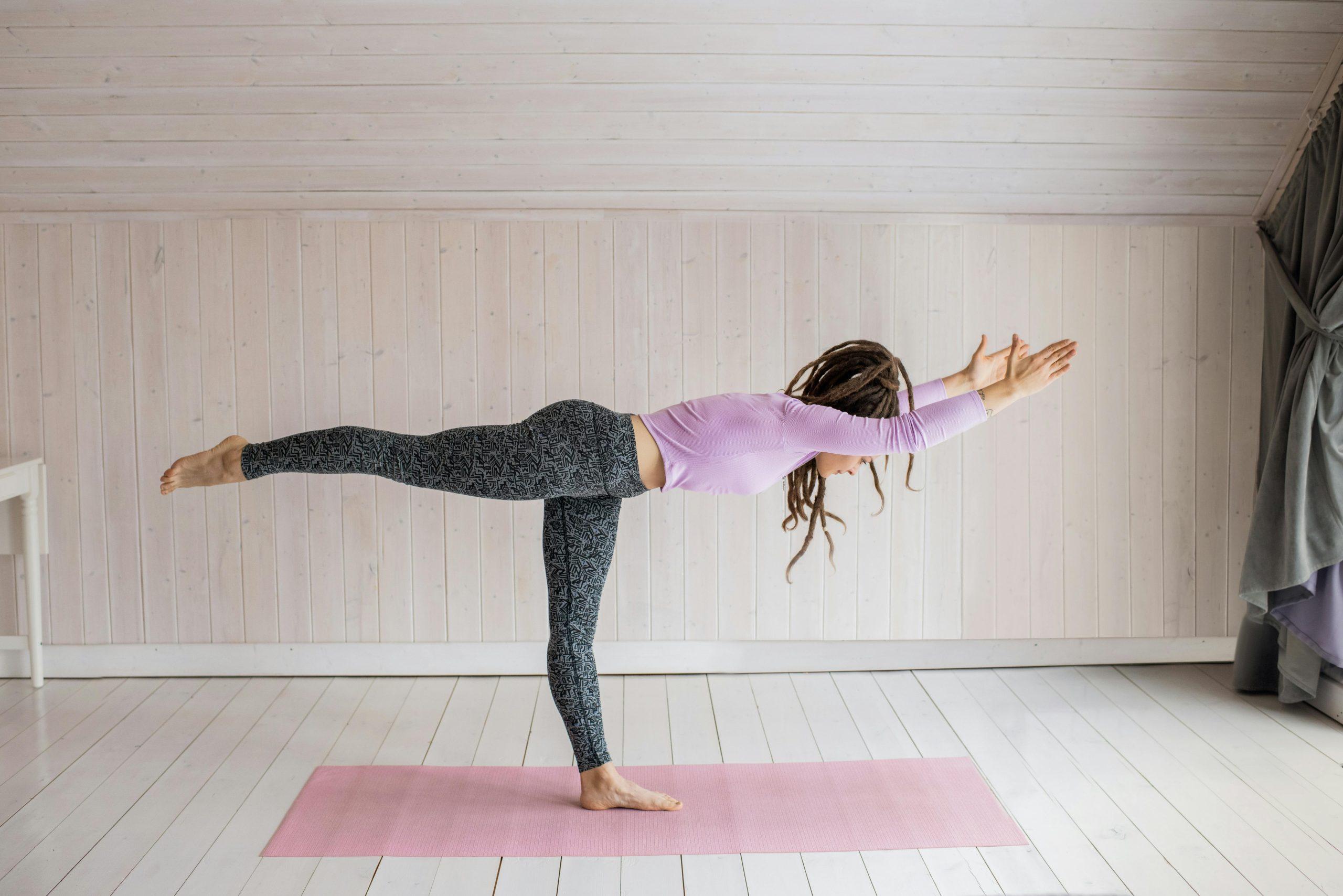The Ultimate Guide to The Best Yoga Poses for Mind, Body, and Soul
The Best Yoga Poses
Yoga has been practiced for centuries as a means to attain physical, mental, and spiritual well-being. Central to the practice of yoga are The Best Yoga Poses, or asanas, which are postures designed to promote strength, flexibility, balance, and relaxation. Whether you’re a beginner or an experienced practitioner, incorporating a variety of yoga poses into your routine can bring numerous benefits to your overall health and wellness.
Importance of Practicing Yoga
The practice of yoga offers a multitude of benefits for both the body and mind. From improving flexibility and strength to reducing stress and anxiety, regular yoga practice can have a profound impact on overall health and well-being. Additionally, yoga poses can help improve posture, increase energy levels, and promote better sleep.
Factors to Consider Before Trying Yoga Poses
Before attempting any yoga poses, it’s essential to consider your individual fitness level, health condition, and any existing injuries. Beginners should start with basic poses and gradually progress to more advanced ones as they build strength and flexibility. It’s also important to listen to your body and not push yourself beyond your limits to avoid injury.
Beginner Yoga Poses
- Easy Pose (Sukhasana): A simple seated pose that promotes relaxation and concentration.
- Mountain Pose (Tadasana): A standing pose that improves posture and strengthens the legs and core.
- Downward-Facing Dog (Adho Mukha Svanasana): An inverted pose that stretches the entire body and relieves tension in the spine.
Intermediate Yoga Poses
- Warrior I (Virabhadrasana I): A standing pose that strengthens the legs, arms, and core while improving balance.
- Triangle Pose (Trikonasana): A lateral stretch that opens the chest and shoulders while improving flexibility in the spine and hips.
- Bridge Pose (Setu Bandhasana): A backbend that stretches the chest, neck, and spine while strengthening the back and glutes.
Advanced Yoga Poses
- Crow Pose (Bakasana): An arm balance that requires upper body strength and balance.
- Headstand (Sirsasana): An inverted pose that improves circulation, focus, and balance.
- Wheel Pose (Chakrasana): A backbend that opens the chest and shoulders while strengthening the arms, legs, and spine.
Yoga Poses for Stress Relief
- Child’s Pose (Balasana): A resting pose that gently stretches the back and shoulders while calming the mind.
- Legs Up the Wall Pose (Viparita Karani): An inversion that promotes relaxation and relieves fatigue.
- Corpse Pose (Savasana): A final relaxation pose that allows the body and mind to fully relax and rejuvenate.
Yoga Poses for Flexibility
- Cobra Pose (Bhujangasana): A backbend that strengthens the spine and opens the chest and shoulders.
- Seated Forward Bend (Paschimottanasana): A forward fold that stretches the spine and hamstrings while calming the mind.
- Butterfly Pose (Baddha Konasana): A hip opener that stretches the inner thighs and groin while improving flexibility in the hips and lower back.
Conclusion
Incorporating a variety of into your routine The Best Yoga Poses can offer numerous benefits for your physical, mental, and emotional well-being. Whether you’re a beginner or an experienced practitioner, there are poses available to suit every level of fitness and flexibility. By practicing yoga regularly and listening to your body’s needs, you can enhance your overall health and vitality.
FAQs
Is yoga suitable for beginners?
- Yes, yoga is suitable for beginners. It’s essential to start with basic poses and gradually progress as you build strength and flexibility.
How often should I practice yoga?
- The frequency of your yoga practice depends on your individual goals and schedule. Ideally, aim for at least 2-3 sessions per week to experience noticeable benefits.
Can yoga help with stress and anxiety?
- Yes, practicing yoga regularly can help reduce stress and anxiety by promoting relaxation and mindfulness.
Are there any yoga poses I should avoid if I have injuries?
- If you have injuries or health conditions, it’s essential to consult with a healthcare professional before attempting any yoga poses. Some poses may need to be modified or avoided altogether.
What equipment do I need to practice yoga?
- You don’t need much equipment to practice yoga. A yoga mat and comfortable clothing are typically all you need. Optional props such as blocks, straps, and bolsters can also be used to enhance your practice.



